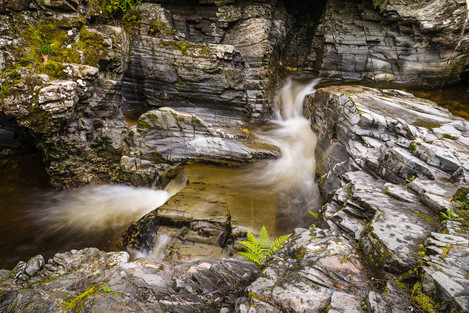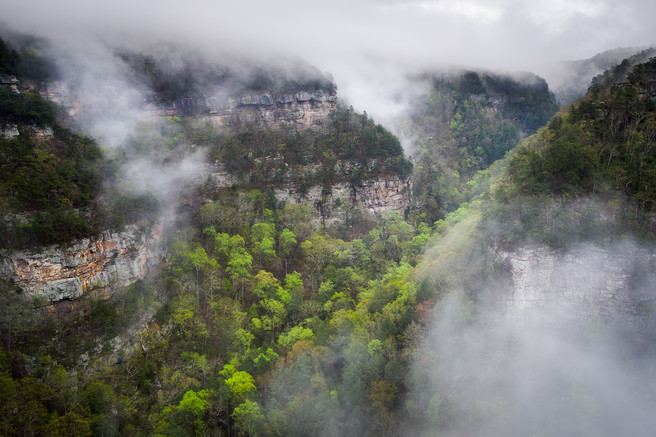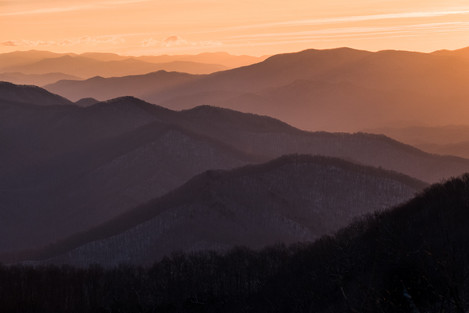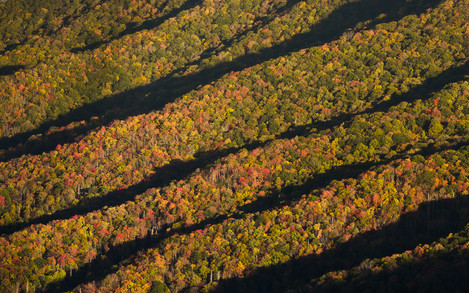The Landscape Photographer’s question

Martin Longstaff
Landscape photographer, occasional vlogger and certifiable hill hugger. Often seen dashing over the horizon with a three-legged friend.
I’m not sure if Hamlet would have really ever had this dilemma. He was also unlikely to ever change his ‘point of view’ on Claudius, his uncle/ stepfather. He may, however, have liked to see what the castle at Kronborg (Elsinore) looked like from above, but that was not really possible at the time. Kronborg sits at the water’s edge and towers above everything else around it.
This analogy is a bit of a stretch perhaps, but the point is fair. Until recently, you could not frame a landscape image from altitude unless you had a convenient hill, mountain or building to climb. (helicopters and planes notwithstanding). Then along comes the drone and a sudden burst of creativity is fueled. Competitions, books and social media are now filled with images captured from above while the ‘photographer’ stays rooted to terra firma. It is an exciting development in an art form that has always morphed and ‘improved’. But should we jump in and ‘take off’?
To Drone
A new Perspective
Without a doubt, the main reason to own a drone is to unleash the opportunities that it provides for creativity. Views, scenes, angles, speed etc. They are all fresh and easily accessible without too much effort (or danger).
Imagine for a moment that you cannot separate the two sea-stacks in your chosen view. You want to present them without the overlap, but there are always limitations as to where you can stand. You try left, right, backwards, forwards, perhaps it is a cliff edge, the sea itself, an ugly building etc.. A little more height, however, and the sea-stacks separate nicely, and perhaps now they do not ‘cut’ the horizon either.
While it becomes more difficult daily to find unique ‘terrestrial’ compositions, the novel opportunities for drone photography are much greater. Think how many abstract views of river deltas you have seen recently, or images of a lighthouse from out to sea. Projects such as ‘The Wall’ (Read Simon Butterworth's article about his project) show their potential, either on their own or combined with more conventional photography. Indeed, the ILPOTY TOP 101 photos for the last few years have had 10-20 images each year taken from an aerial perspective.
Then, of course, there are also those incredible video sequences. Who does not enjoy watching as the videographer sets the scene. Around those mountain tops, up the waterfalls, over the iceberg, backwards through the forest. The timing of the emergence of drone video has been perfect for the relatively recent boom in vlogging.
Expense?
To be sure, drones that are ‘landscape photographer worthy’ are not cheap. But neither are they really that expensive. Leading examples of drones capable of solid 4K video and very reasonable (20+Mp) still images, can cost less than a new telephoto lens, and only slightly more than the latest smartphone. Compare that to buying a new camera system complete with a set of lenses.
Easy to fly
Control is actually relatively simple and easily learned. Like all new skills, mastery is developed over time. But the manufacturers make starting out very straight forward. They throw in automated controls that make certain tasks seem elementary. Image stabilization, collision avoidance, flight levelling, follow me, autopilot and waypoint navigation are just a few of the more common standards. Yet there are also more hands-on skills that can be assimilated and used for a more personalized cinematic experience.
Weight
By definition, almost, these incredible technical devices are really light. The units themselves have to be to fly efficiently and maximise battery duration. There is a trade-off for size, stability and payload (what camera they can carry), but typically the drones themselves do not represent a great burden.
Not to Drone
Expense
I have myself seen a favourite lens roll down a rock and plunge into a river in flood, never to be seen again. Yet accidents are infrequent and generally do not result in the loss of a whole camera system. Drones, on the other hand, are a little less forgiving. Repeated damage and/ or complete loss seem to be inherent risks that the photographer must take into consideration, especially when operating over water. There are ways to mitigate risk, but those big sweeping vistas from mountain tops and other dramatic landscapes bring with them a vulnerability that the operator must accept, or keep things to a much lower level.
Weight
Drones are light, but that is not the full story. Batteries do not last that long and their recharge is not a simple matter ‘in the field’. Generally, a stack of pre-charged additional batteries will be required for extended flying. In addition, there is a controller. This typically weighs about the same as the drone itself, and it needs a battery too! Finally, when out and about, the drone is not likely to be a landscape photographer’s only piece of equipment. There will be the main camera for stills, with appropriate lenses, tripod, filters etc, etc. Then a vlogger may also have a separate camera (and tripod) for video capture. Suddenly that is a lot of equipment. For any real distance away from your vehicle, you will need to be making choices of what is essential and what to leave behind.
Nuisance
Perhaps the biggest negative of drones for many people is the nuisance factor. That whirring noise from those high speed blades travels a long way, especially in the calmer conditions that are needed to fly. Understandably, people visit wild places of outstanding beauty to immerse themselves. To see the sights and to be at one with nature. Most ‘pilots’ are very conscientious and will not fly while others are around. But there are always a few who flaunt the rules and ignore the impact on others.
No fly zones
This is more problematic than it may at first seem. On a recent backpacking trip to hike the Timberline Trail on Mt Hood in Oregon, a friend brought his drone. He had done extensive research and checked all official online ‘no-fly’ sites. What he did not know, was that there was a tiny clause in the small print of the local backcountry permit. That’s a lot of extra weight he carried for four days for no reason. Again, there are those who would flaunt the rules, but if you want to play by the book, it can be difficult.
So, what is the answer?
Alas, poor Yorick...
It is, of course, a very personal decision and I can understand the answer will be different for different folks. No right or wrong. I fear there is also a little bit of NIMBY in this dilemma.
Yet, I have also been in the situation where a drone operation has not only disturbed my ‘peace’, it also has made still photography very difficult. This is perhaps nothing more than the inconvenience that you expect at a popular viewpoint. Try finding a spot at Driftwood Beach, Jekyll Island for sunrise. But did we also really need a drone buzzing along the curve of the beach, 20’ above the heads of a dozen photographers, just as the sun ventured above the horizon?
The point is, I like what I see, but not when I am there.
So for me, I always come back to the ‘nuisance’ factor. I know that I never like to hear a drone going overhead, especially when I’ve gone to great effort to reach an isolated pristine destination. So should I be a part of the problem, even if I don’t think there is anyone else around? I just don’t like the idea that I could upset even one person. The opportunities are great, but these ‘wishes’ are not critical to my craft. I am on a continual journey of discovery and there are many other opportunities for me as well.While I might consider a drone in the future, it is just not right for me at this time.











